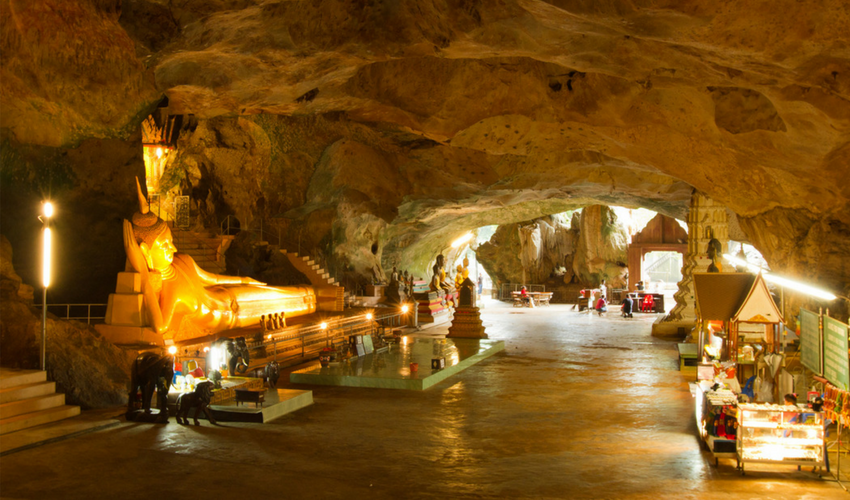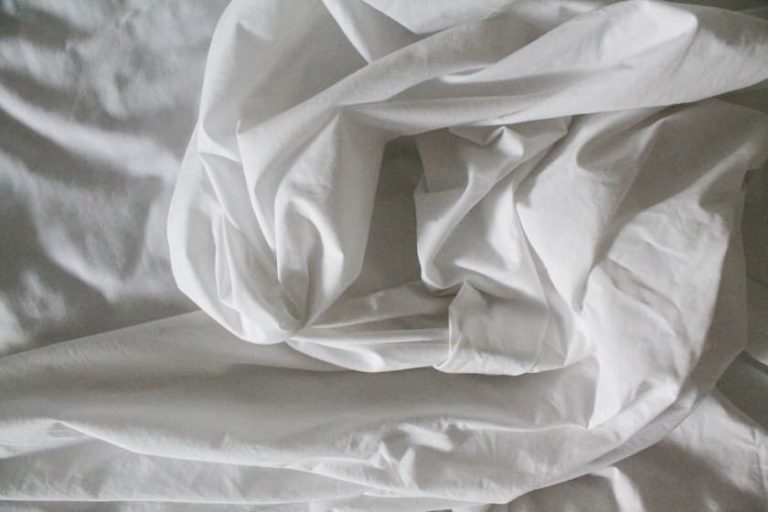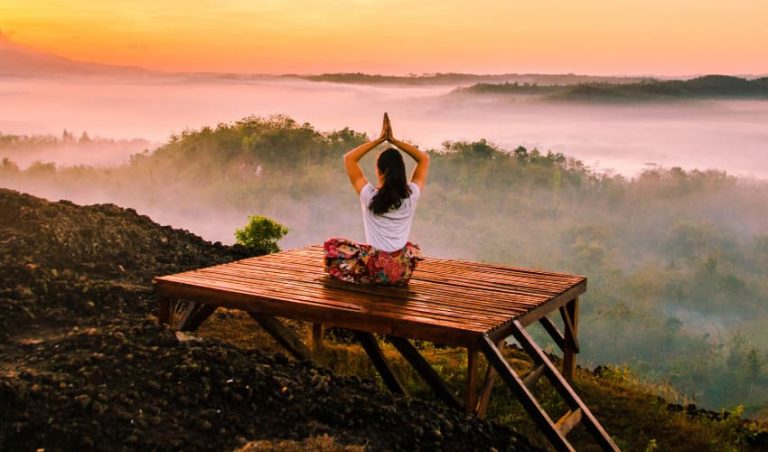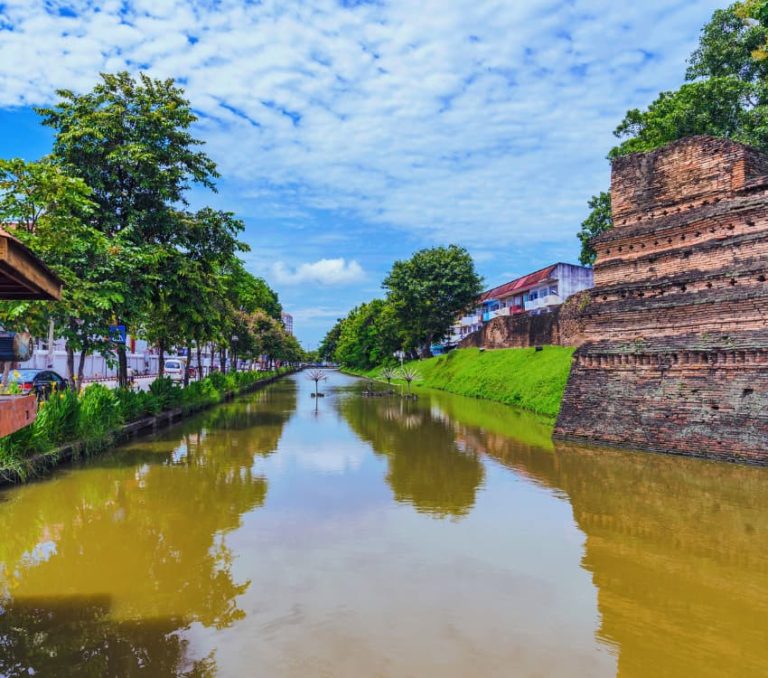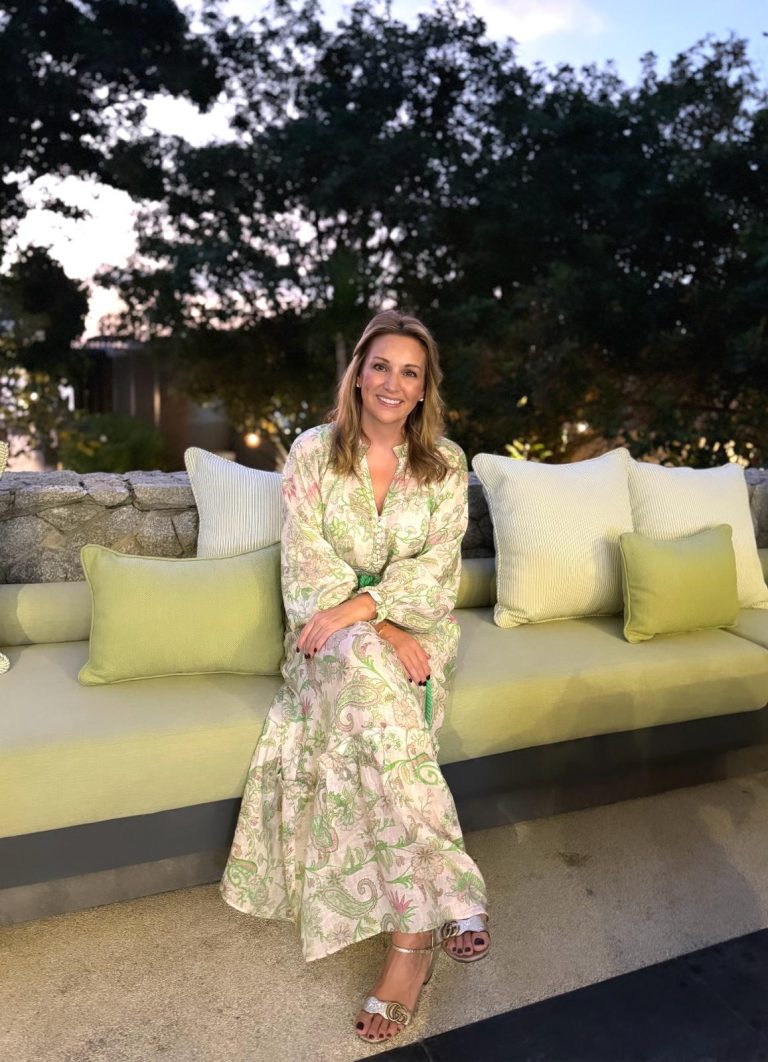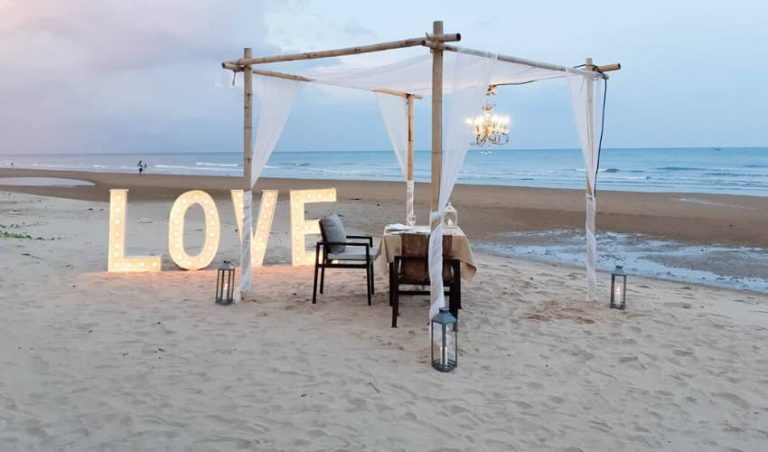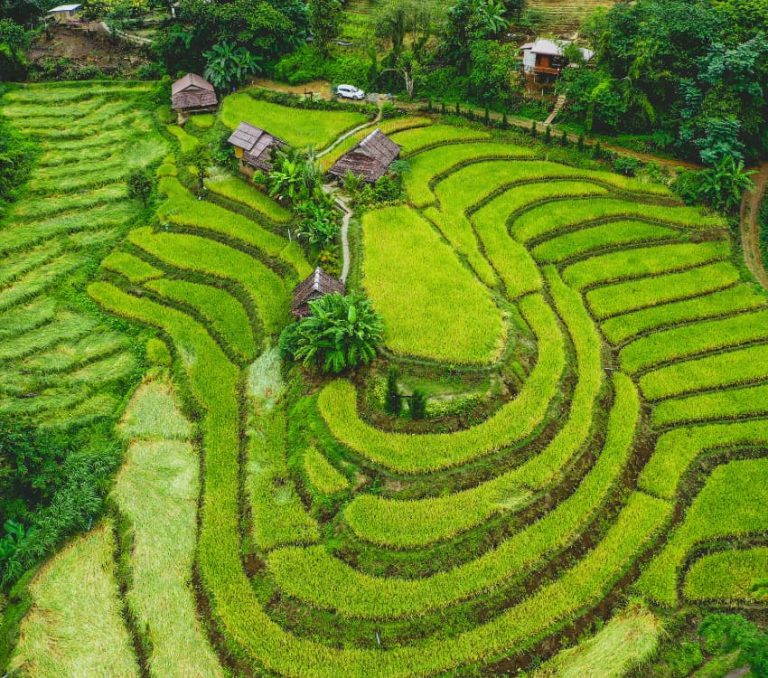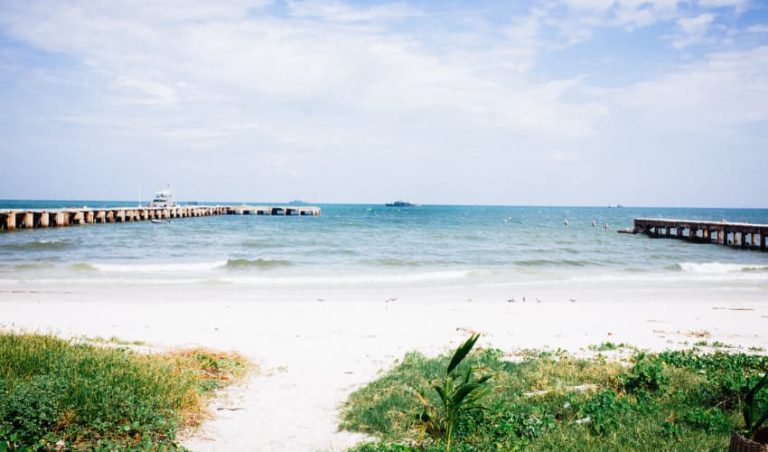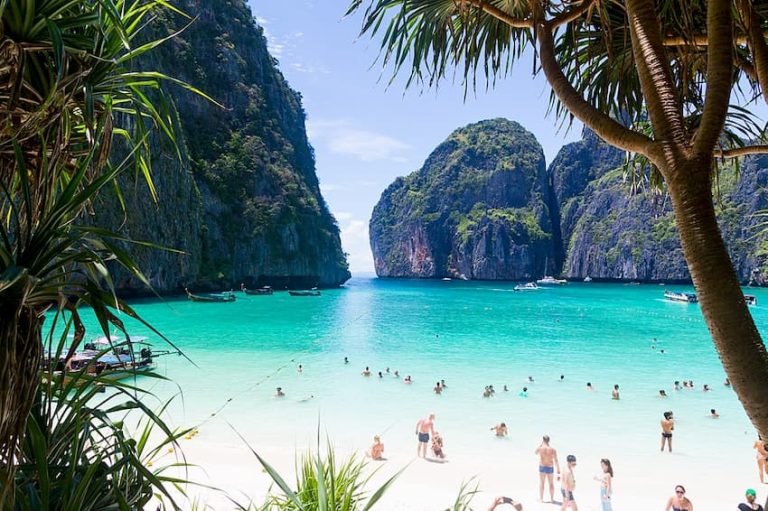At Aleenta Phuket, we celebrate experiences that connect our guests to Thailand’s deeper spirit. One such place lies not far from our coastal haven, nestled within the limestone hills of Phang Nga. Known as Wat Suwan Kuha, or more affectionately as the Cave Temple, this sacred space offers a rare blend of spiritual richness and natural wonder.
This ancient temple, set within a dramatic cavern, invites reflection and discovery in equal measure. It is a place where time slows, voices hush, and the stone around you feels alive with centuries of devotion. A visit here is both culturally enriching and deeply calming—a meaningful chapter exploring southern Thailand.
An Ancient Temple with Deep Roots
Wat Suwan Kuha has long been a spiritual beacon in the Phang Nga region. The temple complex stretches through a series of interconnected limestone caves, the largest of which houses the site’s most iconic feature: a 15-metre-long reclining Buddha. This serene golden figure represents the Buddha in his final moments before entering Nirvana, a symbol of enlightenment and peace.
The cave also features other Buddha statues and shrines, surrounded by incense offerings, flickering candles and quiet prayer. Many of the walls bear inscriptions—some from royal visitors, including King Rama V, whose mark offers a glimpse into the temple’s long-standing national significance. It remains an active place of worship, tended by monks and visited by locals who come to pay their respects and seek blessings.
The Reclining Buddha and the Cave Interior
Entering the main chamber, visitors are immediately struck by the majestic presence of the reclining Buddha, bathed in golden light. The cave is vast and cathedral-like, with high ceilings shaped by millennia of natural formation. As your eyes adjust to the filtered sunlight and shadow, the subtle beauty of the space begins to reveal itself.
Stalactites hang from above, while the stone floor beneath your feet is smooth and cool. The natural contours of the rock add depth to the spiritual ambience, while small altars tucked into corners suggest quiet moments of individual reverence. The experience is sensory and stilling—the air scented with incense, the sounds softened by the cave’s embrace.
Layers of the Limestone Landscape
Beyond the main chamber, several smaller caves invite further exploration. Each passageway leads into darker, narrower caverns where small statues, spirit offerings, or quiet spaces may be found. While not all areas are lit, the sense of discovery makes Wat Suwan Kuha compelling.
The cave’s natural formation is awe-inspiring. Millions of years in the making, the limestone has shaped itself into rippling walls, hollow alcoves, and dramatic vaults. It’s a place where geology and faith meet, where earth and belief come together most elementally.
The Troop of Monkeys at the Temple Grounds
Outside the cave entrance, a troupe of long-tailed macaques often greets visitors. These monkeys are part of the temple’s identity, known for their playful behaviour and keen interest in any snacks you might be carrying. While their presence adds charm and liveliness, we always advise our guests to observe from a distance and refrain from feeding them.
The monkeys remind us that this is a shared space—sacred to both humans and animals. Watching them move freely through the temple grounds reinforces the connection between the natural world and the spiritual traditions upheld within the caves.
Tips for a Meaningful Temple Visit
Wat Suwan Kuha is open year-round, though the cooler, drier months between November and April offer the most comfortable conditions for exploration. The temple is typically quietest in the morning and late afternoon, making those times ideal for a more meditative experience.
As with any temple in Thailand, modest attire is expected. We recommend wearing clothes that cover the shoulders and knees. Footwear must be removed before entering the main cave chamber, so slip-on shoes are helpful.
Respect is central to the experience. Speak softly, avoid climbing on rocks or statues, and observe signs guiding visitor behaviour. The cave can be dim in places, so a small torch or phone light may be helpful. Allow time to linger, sit, and absorb the tranquil atmosphere.
Many guests combine a visit to Wat Suwan Kuha with nearby attractions such as Phang Nga Bay, local floating markets, or traditional villages. Our concierge team at Aleenta is always on hand to help create a thoughtful and well-paced day itinerary.
Connecting Cultural Exploration with Wellness at Aleenta
We believe that wellness is as much about inner nourishment as it is about rest and relaxation. A visit to Wat Suwan Kuha complements our philosophy beautifully. The cave’s sense of calm and clarity mirrors the peaceful rhythms we encourage through yoga, meditation, and mindful living.
After exploring the cave temple, many guests return to Aleenta with a renewed perspective. Whether you follow the experience with a restorative spa ritual, a swim in the sea, or a slow meal made with nourishing local ingredients, the day feels fuller, richer, and deeply grounded.
Temple Reflections from Aleenta
Wat Suwan Kuha is more than a tourist attraction; it is a window into Thailand’s cultural soul. It offers a rare opportunity to step away from the everyday, to walk quietly beneath ancient stone, and to connect with the values of reverence, peace, and natural beauty that lie at the heart of Thai Buddhism.
We invite our guests at Aleenta Phuket to explore this unique spiritual site while staying with us. It is a journey inward as much as outward, a memory that lingers long after your footprints fade from the temple floor.
Related Articles
- Popular Temples in Phang Nga
- Samet Nangshe Viewpoint in Phang Nga
- Ten Reasons to Visit Phang Nga
- Your Own Private Beach Resort in Phang Nga
- Hidden Gems in Phang Nga
Aleenta Phuket
Phang Nga Resort & Spa
Phang Nga Resort & Spa
33 Moo 5, Khok Kloi,
Takua Thung, Phang Nga
82140 Thailand
T: +66 (0) 76 580 333

